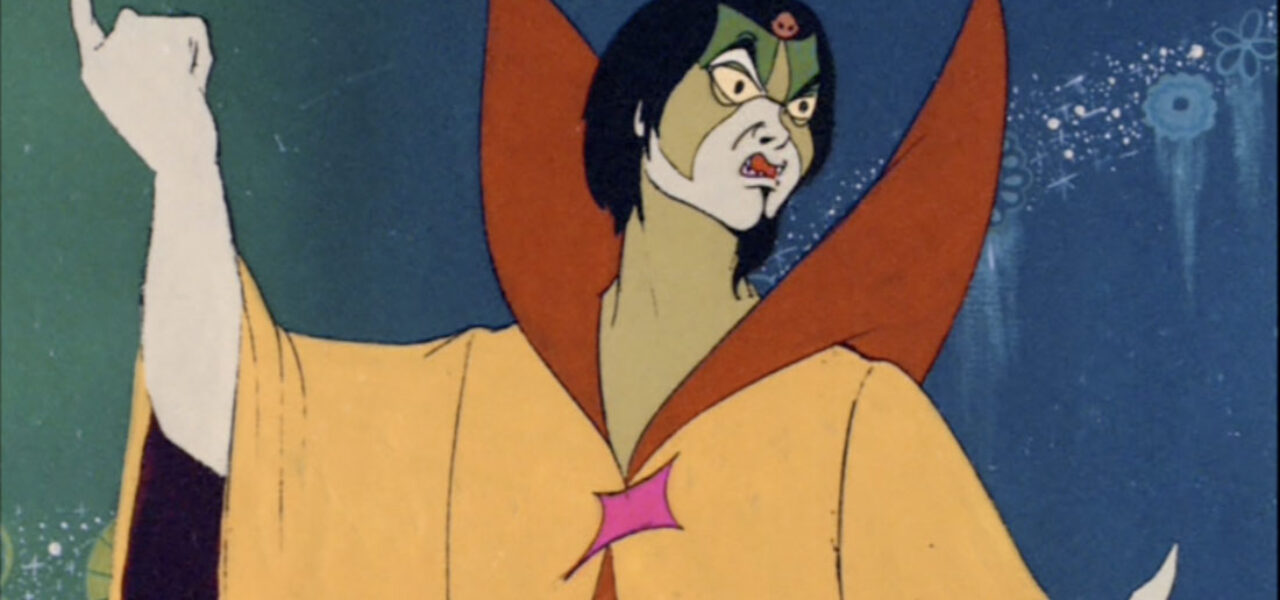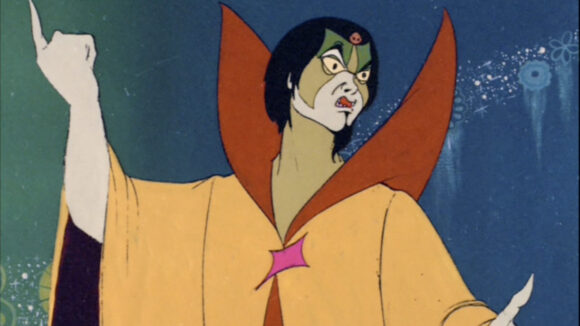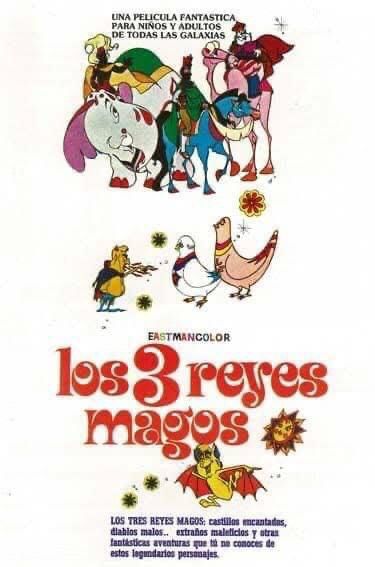

Fernando Ruíz Álvarez, Co-Director Of Mexico’s First Animated Feature, Dies At 79
Fernando Ruíz Álvarez, a filmmaker often described as the father of Mexican animation, has died aged 79.

After studying film direction in his native Mexico City, Ruíz earned a scholarship in 1961 to specialize in animation at UCLA. Before long, he was an assistant animator on The Sword and the Stone at Disney, where he was mentored by fellow Mexican immigrant Dan MacManus. He left the House of Mouse with an understanding of animation production, which he would use to develop the industry in his homeland.
Returning to Mexico, he directed the short El músico, a spin on Grieg’s Peer Gynt suite that paid homage to Disney’s Fantasia and Make Mine Music; it won a prize at Guadalajara’s film festival. He founded his own studio, Anim-Art Producciones, which went on to produce shorts, features, and hundreds of commercials.

The studio’s most groundbreaking title was the Biblical retelling Los tres reyes magos (The Three Wise Men, pictured at top), a 1976 feature Ruíz produced and directed with Adolfo Torres Portillo. With it, Ruíz succeeded in doing for Mexico what Disney had done for the U.S.: releasing the country’s first animated feature. He later told animation historian Giannalberto Bendazzi:
In making the feature film, we have been very conservative. We’d rather try experimenting in short films, which are economically less risky. As for inspiration, we kept as close as possible to Mexican themes. Joseph and Mary are typical Mexicans, the landscape, music, and animals are Mexican, and the characters, even the caricatures, come from the clay figurines of pre-Columbian folklore.
Religious themes would recur in Ruíz’s works — notably in the half-hour 1981 film El gran acontecimiento (The Great Event), which commemorated the first apparitions of the Our Lady of Guadalupe, and was made with the backing of a Catholic archbishop. Pope John Paul II was reportedly a fan.
Ruíz continued to work into his later years, right up until his final, unrealized project Balam, the Mayan Prince. He also worked as a voice actor, his roles including the devil’s minion Murcio in Los tres reyes magos. His legacy was honored in recent years with various tributes and awards at home and abroad.
Rafael Quiroz, CEO of Mexico’s Embryonic Productions and a friend of Ruíz’s, sent us a tribute to the man:
Fernando was one of the pioneers and promoters of Mexican animation, and he lived both sides of the coin. On the one hand, he obtained the support and impulse to achieve his projects, but he was also the victim of indifference and disinterest [regarding] his latest works.
His most important legacy will be that of having created a whole generation of artists who followed in his footsteps and today keep this industry alive in our country, alongside the new generations trained in universities and in the practice of new studies of animation that arise all over Mexico.
Fernando was until the end of his days a promoter of animation in Mexico.
Many thanks to Quiroz for providing us with biographical details and images of Ruíz and his work.

.png)